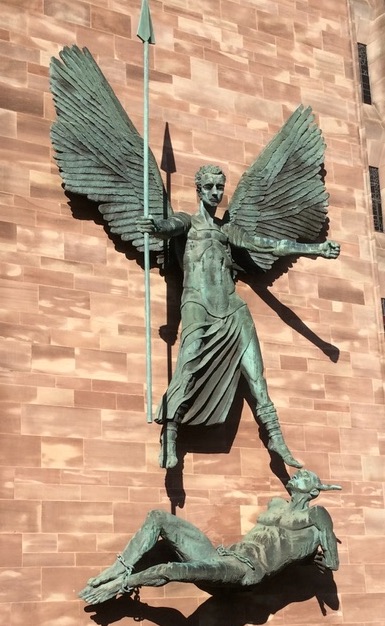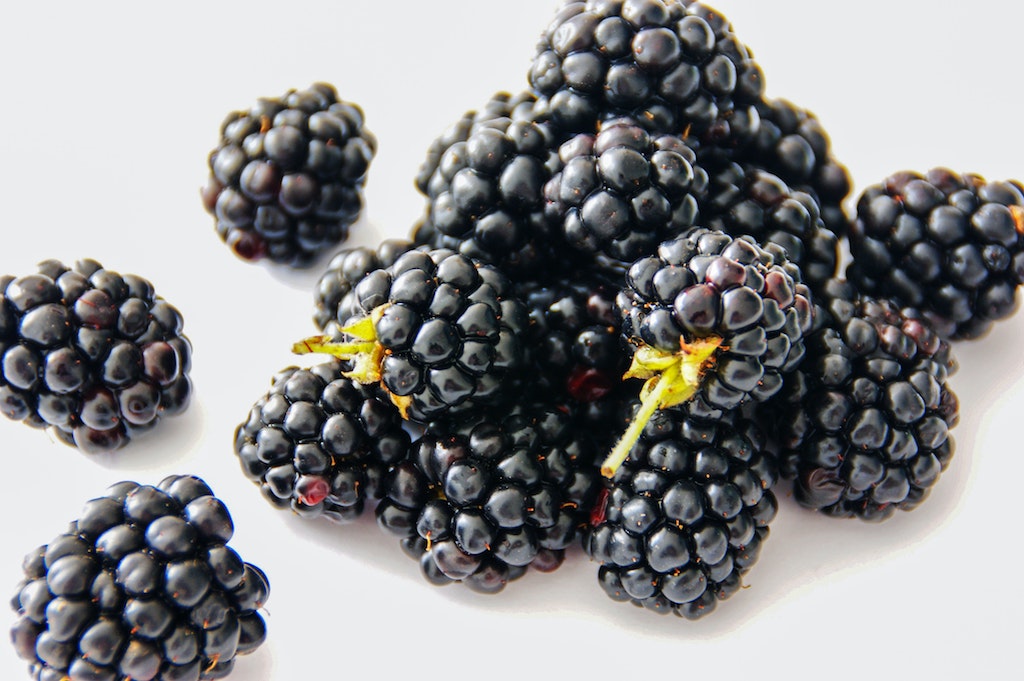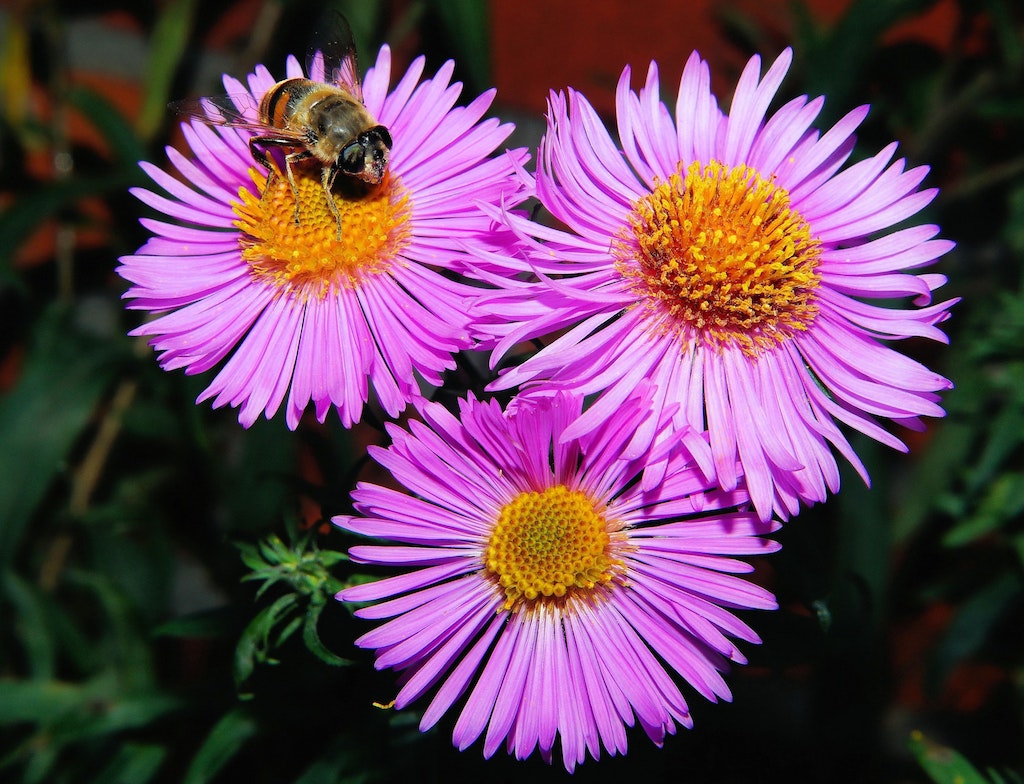The 29th September marks the feast of St Michael, the Archangel, or greatest of the angels – guardian against evil and darkness. This day is also known as Michaelmas and is used by many universities as the name of the autumn term. It is one of the quarter days, when rents used to be paid and debts settled. It comes close to the autumn equinox, when days and nights are of equal length. In the northern hemisphere summer will be fading, autumn draws on and the earth faces the onset of winter. Michaelmas coincides with a time of energy different to that of spring, when everything is bursting into life. Now, as fruits ripen, leaves turn colour and fall, the earth seems to draw in on itself. Energy is focussed inwards and downwards; plants close down their growing cycle and instead rebuild reserves for the next cycle of flourishing in the following year.

Legend has it that St Michael fought – and won – a battle against Satan, casting him out of heaven. Satan fell to earth – and landed in a blackberry bush. He was so incensed that he spat on the blackberries, cursing them and giving rise to the belief that it was bad luck to pick and eat blackberries after this date. Instead they should be left as food for birds and other wildlife at a time when natural food supplies were fading.

The Michaelmas Daisy flowers at this time – one of the last blooms of summer. The colouring is warm, gentle and glowing – a symbol of light in the fading gloom, just as indoor lamps and fires will guard against the darkness and chill of approaching winter.

